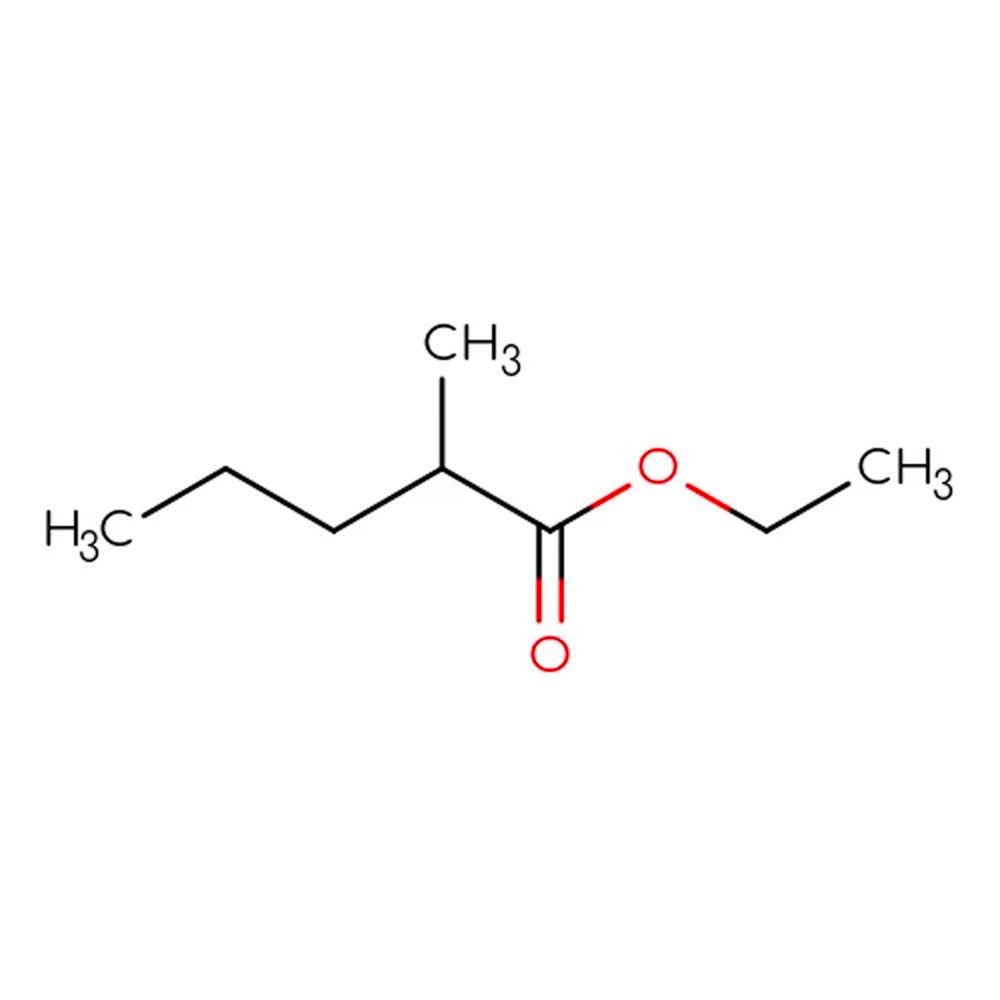Delta Dodecalactone
Synthetic Ingredient for Perfumery
Delta Decalactone (δ-Decalactone) is a synthetic lactone compound widely appreciated for its intensely creamy, coconut-like and fruity aroma. Exhibiting medium olfactory strength with excellent tenacity, it is a versatile ingredient that contributes milky, buttery warmth to both fine fragrances and functional scent compositions.
In perfumery, it is especially useful in aldehydic and heavy floral accords—notably gardenia and tuberose—and brings roundness to gourmand and tropical profiles. Its sensory impact is characterized by sweet lactonic notes, often likened to peach skin, coconut cream, and warm dairy fat.
Synthetic Ingredient for Perfumery
Delta Decalactone (δ-Decalactone) is a synthetic lactone compound widely appreciated for its intensely creamy, coconut-like and fruity aroma. Exhibiting medium olfactory strength with excellent tenacity, it is a versatile ingredient that contributes milky, buttery warmth to both fine fragrances and functional scent compositions.
In perfumery, it is especially useful in aldehydic and heavy floral accords—notably gardenia and tuberose—and brings roundness to gourmand and tropical profiles. Its sensory impact is characterized by sweet lactonic notes, often likened to peach skin, coconut cream, and warm dairy fat.
Synthetic Ingredient for Perfumery
Delta Decalactone (δ-Decalactone) is a synthetic lactone compound widely appreciated for its intensely creamy, coconut-like and fruity aroma. Exhibiting medium olfactory strength with excellent tenacity, it is a versatile ingredient that contributes milky, buttery warmth to both fine fragrances and functional scent compositions.
In perfumery, it is especially useful in aldehydic and heavy floral accords—notably gardenia and tuberose—and brings roundness to gourmand and tropical profiles. Its sensory impact is characterized by sweet lactonic notes, often likened to peach skin, coconut cream, and warm dairy fat.
Synthetic Ingredient Overview
🏭 Manufacturer — Firmenich
🔎 Chemical name — 6-pentyloxan-2-one
📂 CAS N° — 705-86-2
📘 FEMA — 2631
⚖️ Molecular Weight — 170.25 g/mol
📝 Odor Type — Fruity → Lactonic
📈 Odor Strength — Medium
👃🏼 Odor Profile — Milky, creamy, buttery, coconut, peach-like with faint celery nuance. Tenacious lactone note with a rich, oily texture
👅 Flavor Profile — Coconut, fatty dairy, nutty, buttery, fruity. Supports creamy notes in mango, peach, and tropical flavors
⚗️ Uses — Used in floral, fruity, gourmand, aldehydic perfumes and food flavors. Adds dairy, creamy and tropical nuances to perfumery and edible products
🧴 Appearance — Colorless to pale yellow viscous liquid
What is Delta Decalactone?
Delta Decalactone, or δ-Decalactone, is a 10-carbon macrocyclic lactone belonging to the family of aliphatic γ- and δ-lactones. This molecule is widely used in both perfumery and flavor applications thanks to its natural creaminess and long-lasting fruity nuances. It features a very tenacious, rich coconut-butter profile with undertones reminiscent of peach skin and lactic sweetness. Its soft, fatty diffusion makes it a sought-after building block in gardenia, tuberose, and aldehydic florals.
It differs from its analog γ-Dodecalactone in being less musky and more directly creamy. Its low odor threshold (~100 ppb) and flavor character make it useful even in trace amounts.
Olfactory Behavior and Applications in Perfumery
Fragrance Behavior:
Creamy, coconut, oily-fruity lactone effect
Ideal for white florals (e.g., tuberose, gardenia, orange blossom)
Lends roundness and sweetness to gourmand compositions
Adds tropical realism to fruity blends (peach, mango, apricot)
Balances aldehydes and green herbaceous top notes
Compatible with:
Synthetic musks and ionones
Coconut and peach accords
Aldehyde blends (C10, C11)
Vanilla, heliotropin, and coumarin
Typical usage levels:
Fine fragrance: 0.05–1.0%
Functional fragrance: 0.2–1.5%
Flavoring: up to 37 ppm (frozen dairy); see below
Flavor and Industrial Uses
Imparts a fatty-buttery note in dairy-type flavors (butter, cream, cheese)
Used in tropical and stone fruit flavors (peach, mango, apricot)
Applications include rum, beer, wine, Swiss cheese, milk powder, and oleomargarine
Adds body and mouthfeel in confectionery and beverage systems
Natural Occurrence
Naturally present in:
Coconut, butter, milk, cream
Peach, mango, raspberry, apricot
Beer, rum, cheese, starfruit, guava
Swiss cheese and mutton fat
Its presence across diverse edible matrices makes it useful in naturalistic food-inspired perfumery and edible simulation accords.
Production Methods
Microbial conversion of ricinoleic acid (from castor oil)
Chemical synthesis via lactonization of decanoic acid
Other routes include hexyl ethylene oxide + sodium malonic ester
These processes allow scalable production of high-purity δ-Decalactone suitable for both fragrance and food industries.
Regulatory and Safety Overview
FEMA GRAS — FEMA No. 2631
FDA Status — Approved as a food additive (21 CFR 172.515)
JECFA — No safety concern at current usage levels (1997)
EU Cosmetics — Not listed among allergens
Toxicology — Low toxicity; not classified as sensitizer
REACH — Registered; standard use restrictions apply to all lactones in high concentrations
Storage — Store tightly sealed at ambient temperature, protect from oxidation
✅ Use within recommended limits and stabilize where oxidation risk may impact lactone purity.
Sources
Arctander, S. (1961). Perfume and Flavor Materials of Natural Origin
Burdock, G. A. (2010). Fenaroli's Handbook of Flavor Ingredients – 6th Ed.
Rowe, D. (2005). Chemistry and Technology of Flavors and Fragrances
Mosciano, G. P&F 21(3), 51 (1996)
Firmenich Ingredient Sheet – δ-Decalactone
Bedoukian Research Inc., Technical Description
Fulvio Ciccolo, Creative Base Design Notes
Formulation Stability Testing Notes – Scentspiracy Studio (2024)






